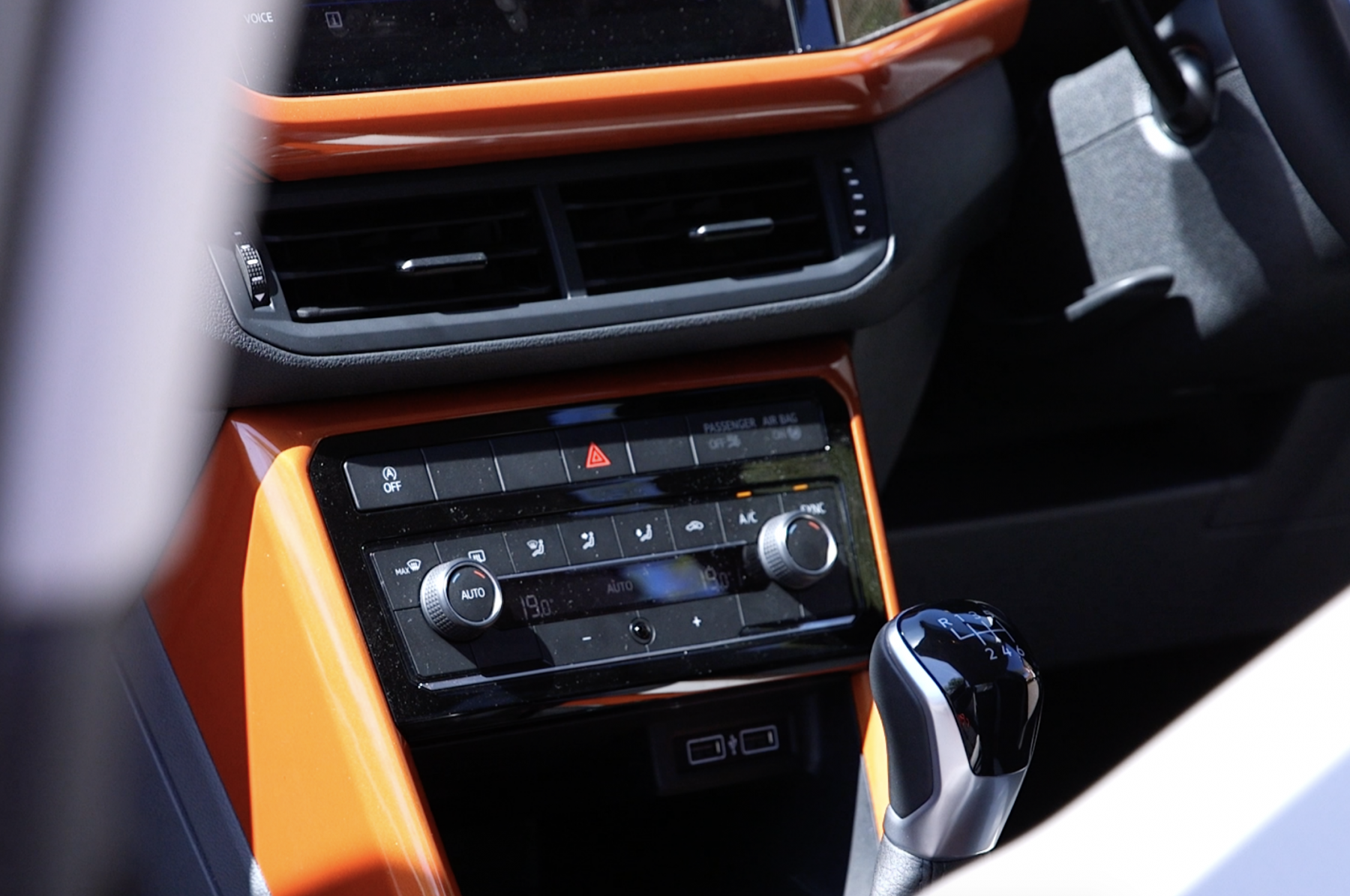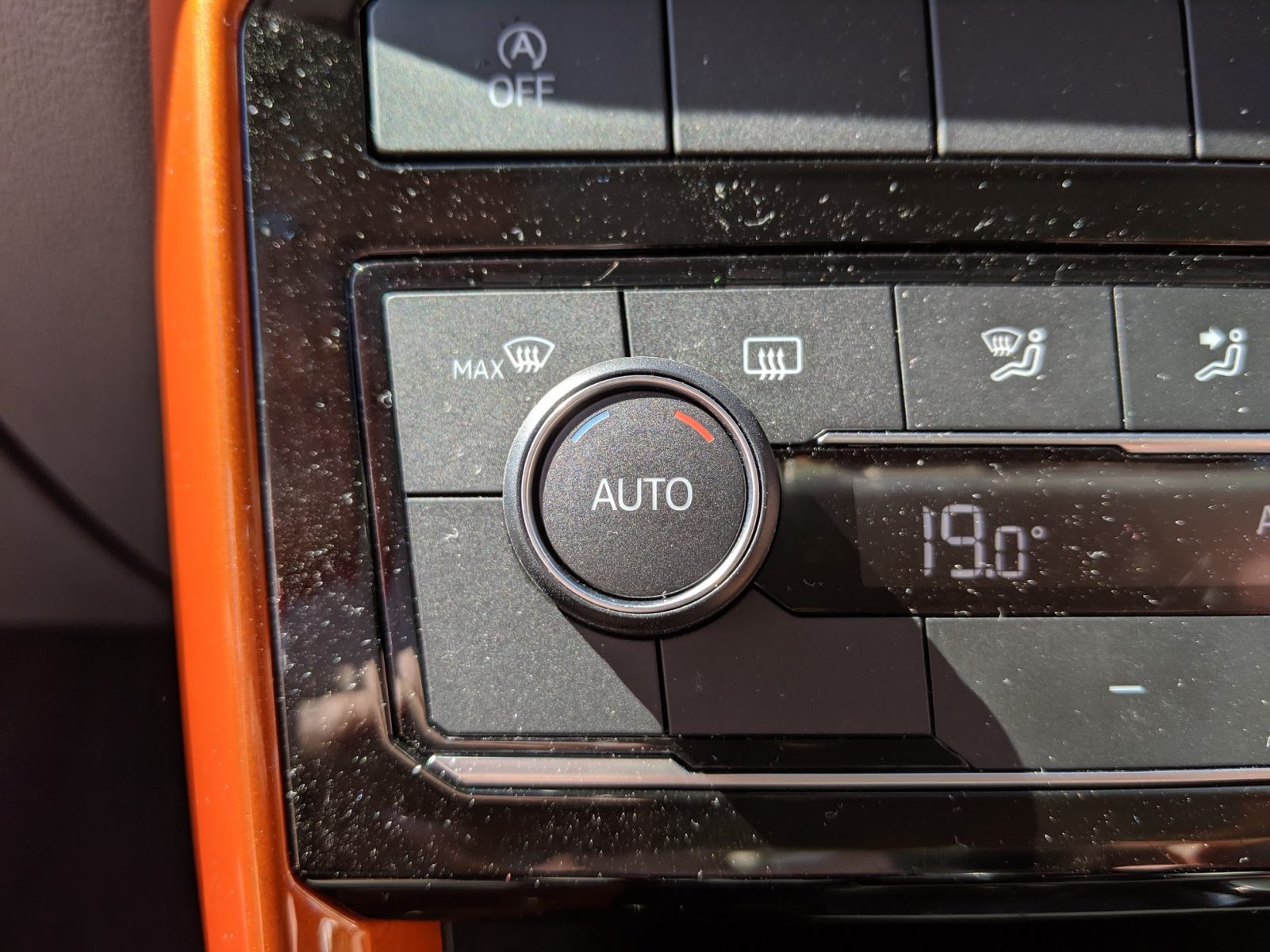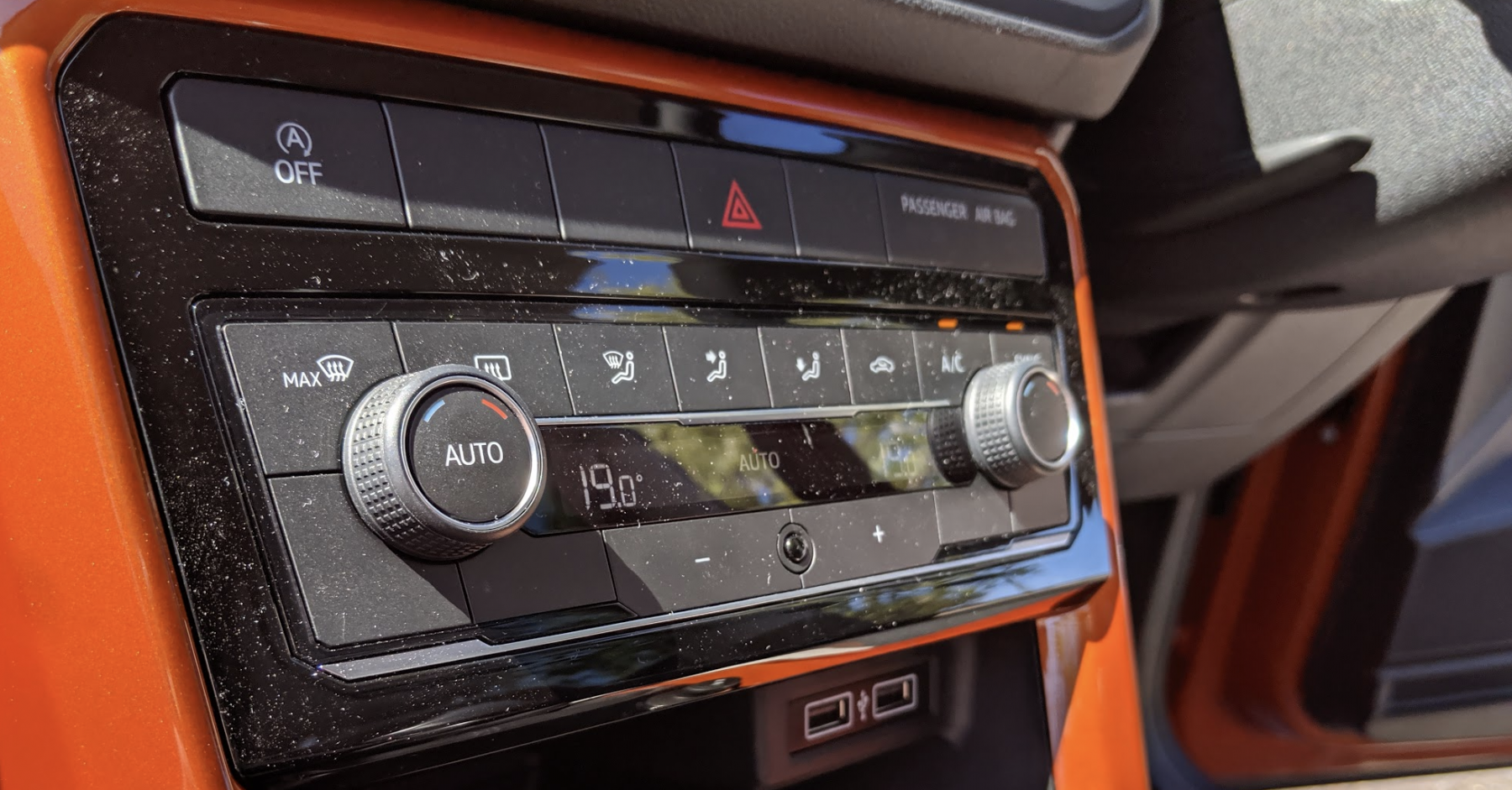Now that summer is well and truly upon us, keeping cool in the car takes more of an importance than it does at other times of year. Though lowering the windows, sliding the sunroof back or – in certain cars – folding away the roof completely may seem like a good option to keep the heat at bay, there’s really only one way of properly doing it – and that’s with air conditioning.
For many years it was reserved for premium cars or left to the expensive end of the optional extras list, but air conditioning is now a feature you’ll find on the vast majority of cars on sale today. Some are more complex systems than others, but all feature a myriad of buttons to help control them. But what do they all do? Let us explain.

Snowflake sign
The snowflake icon is one of the most crucial to the air conditioning’s control. Why? Well, it turns the system on, for starters. Pushing it engages the air conditioning, and kick-starts the a/c pump which draws heat and moisture out of the air before leaving it cooler than it was before.
One thing to note – you’ll have to turn the air blowers on in order for the air conditioning system
to initiate.
Auto sign
Lots of cars on sale today come with automatic air conditioning. This means that the on-board system notices the desired temperature you’ve set for the cabin, and constantly adjusts the air conditioning to ensure that this is maintained.
Some cars get dual-zone climate control too – this gives the passenger and driver the option to choose two seperate temperatures and have the car maintain them.

Sync
The sync button again applies to those cars which are fitted with dual-zone climate control. As driver and passenger can both choose separate temperatures, it can mean that one side of the car has the potential to be wildly warm and the other freezing cold.
Clicking the ‘sync’ button aligns the two temperatures – meaning the cabin will be one consistent heat rather than two.
Recirculation
Want to get your car as cool as possible? You’ll want to use the recirculation button then. It recirculates the cold air generated from the air conditioning system, and stops the warmer air outside the car from entering the cabin.
Just make sure you don’t use it when things get chilly outside. This is because the air conditioning needs to be adding fresh air to the cabin and reducing the amount of moisture inside – so fogged up windows are more likely to happen.

Air vents
Air vents are – obviously – the source of the air being transferred into the cabin. Keeping them clear and dust-free means you shouldn’t get any grubby air sent into the interior of your car.
Most cars get air vents with all manner of angles, meaning you’ll be able to direct the air exactly where you want it.

